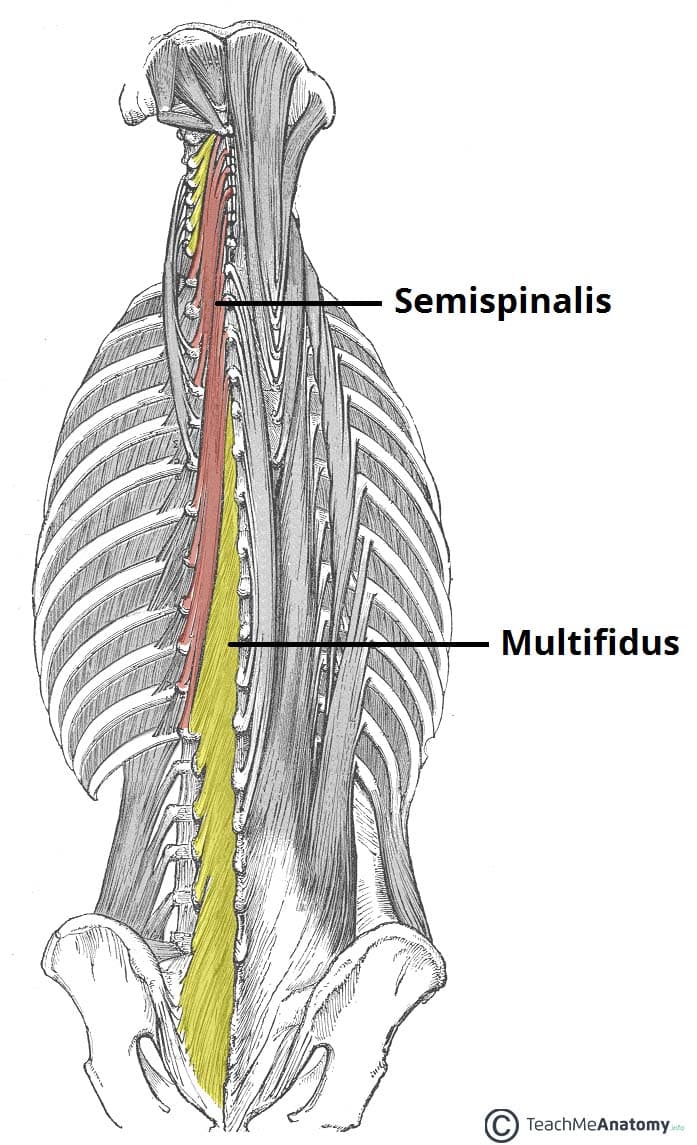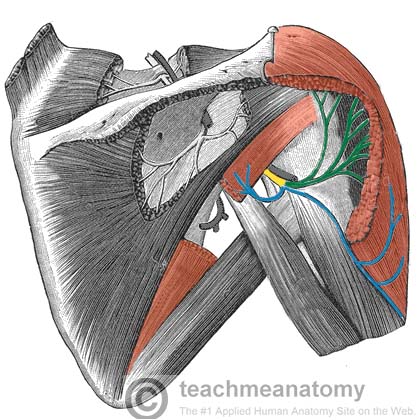This article will focus on joints; primarily the classification, structure and stability of them.
A joint is an articulation between two bones in the body and are broadly classified by the tissue which connects the bones. The three main types of joints are: synovial, cartilaginous and fibrous.
Fibrous joints have fibrous tissue joining the bone and these joints are typically very strong. An example of which would be the sutures joining the various bones of the skull forming immovable joints.
Cartilaginous joints are ones where the two bones are typically lined with hyaline cartilage but have a wedge of fibrocartilage between them joining them together. An example would include the articulation between two vertebral bodies.
Synovial joints are synovial fluid filled joints enclosed within a fibrous capsule. These are the most common types of joints and the ones which permit the greatest movement. These can be further sub divided and further information of this is provided in the classification of joints article. This thin layer of fluid acts as a form of lubrication, shock absorption and nutrient distribution.
Joint stability is achieved via three main factors: the nature of the articulation, ligaments if present and the tone of the muscles surrounding the joint. A joint will be more stable if more of the bone is articulating with the other corresponding surface. Therefore, the joints which are less stable, e.g. the shoulder joint, will have a cartilaginous rim known as a labrum to deepen the articulation between the humerus and the scapula.
Learn more about Joints and their stability and classification in our article.





